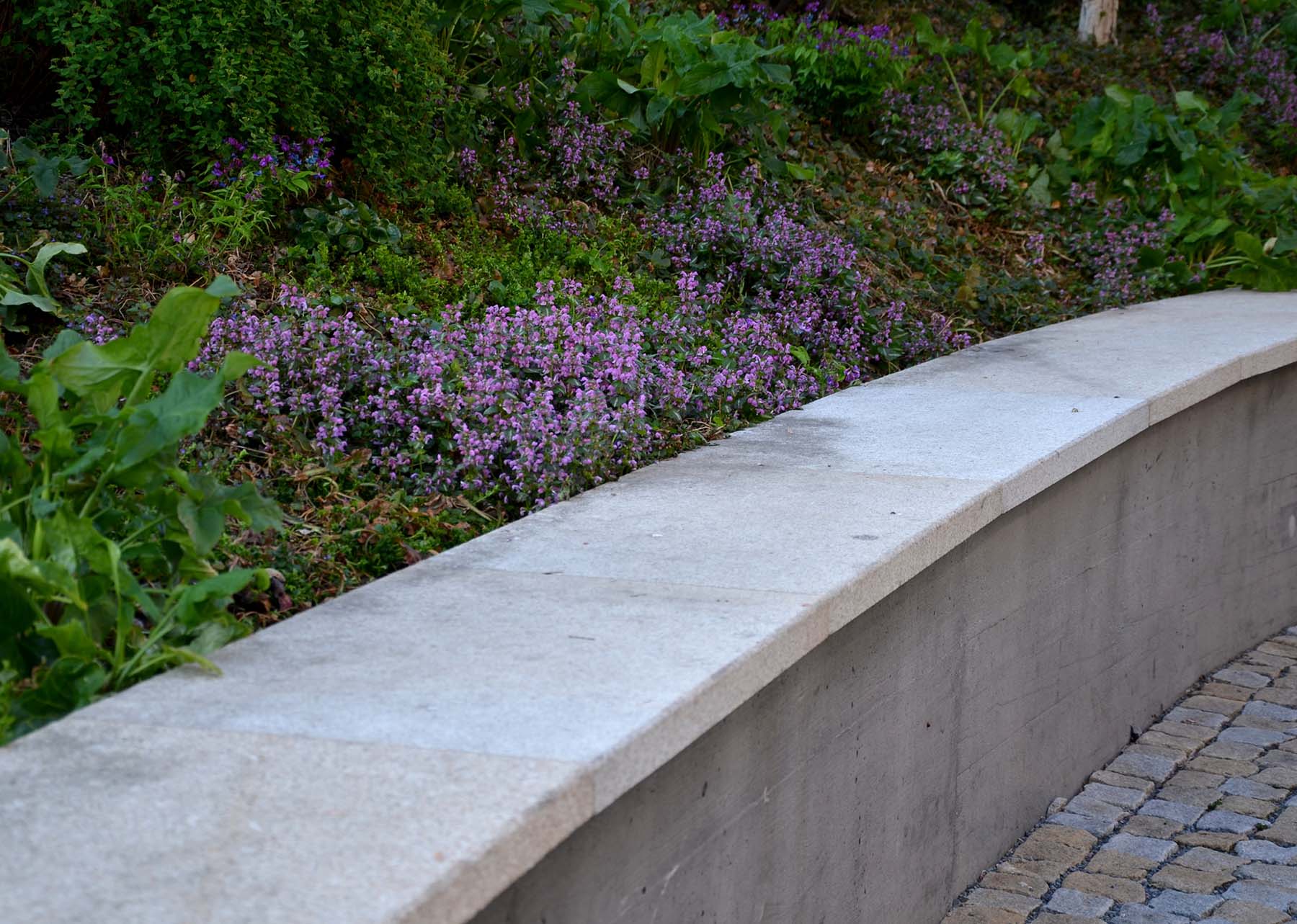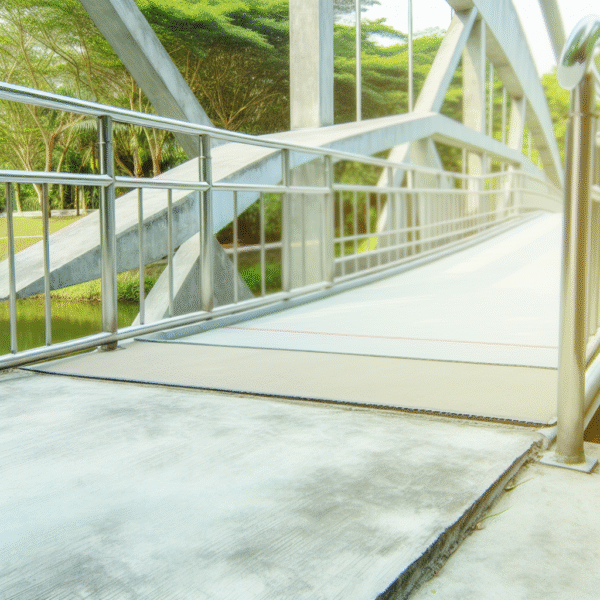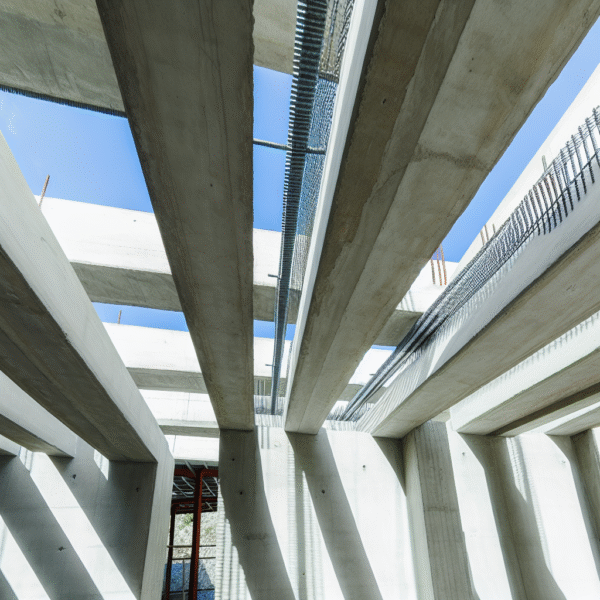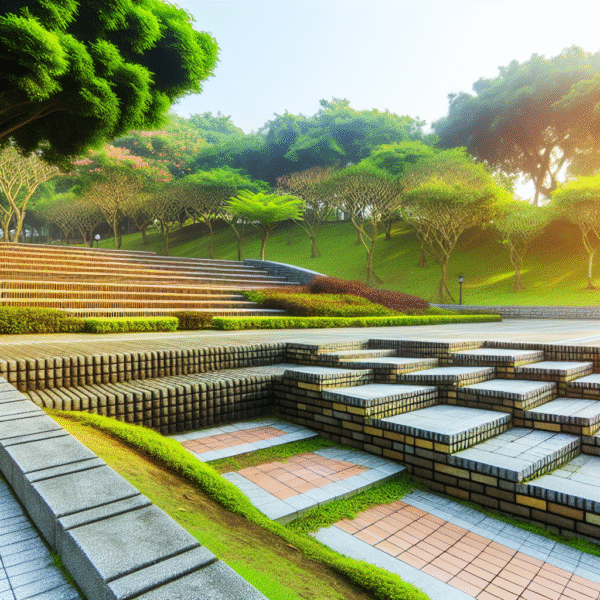Concrete retaining walls are more than just structural elements; they are integral to shaping and beautifying outdoor spaces. These walls combine functionality with visual appeal, making them ideal for various landscaping projects. They are commonly used to retain soil, prevent erosion, and create usable spaces on sloped terrains. Beyond their practical applications, concrete retaining walls offer a canvas for creativity, allowing homeowners and designers to integrate them seamlessly into gardens, yards, and other landscapes. In this article, we will delve deeper into the benefits, design considerations, installation process, and maintenance tips for concrete retaining walls.
Benefits of Concrete Retaining Walls
Concrete retaining walls provide a host of benefits that make them a popular choice for both residential and commercial landscapes. From their functionality to their aesthetic versatility, these walls excel in transforming outdoor areas into structured and visually appealing spaces.
1. Soil Retention:
One of the primary functions of concrete retaining walls is to stabilize sloped areas and hold back soil. By preventing erosion, they protect your property from water runoff and soil displacement, creating flat, usable spaces for gardens, patios, or walkways.
2. Durability:
Concrete is renowned for its strength and resilience. These retaining walls can endure harsh weather conditions, heavy loads, and environmental stressors, making them a long-lasting solution that requires minimal replacement or repair over time.
3. Aesthetics:
Concrete retaining walls can be customized to complement any landscape design. With an array of textures, finishes, and colors available, you can create walls that mimic natural stone, feature sleek modern designs, or even showcase intricate stamped patterns.
4. Versatility:
Whether it’s a small garden border or a large multi-level terrace, concrete retaining walls can be tailored to fit projects of any size or scale. Their adaptability makes them suitable for residential properties, public parks, and commercial spaces alike.
Design Considerations
Proper planning and thoughtful design are essential to ensure that concrete retaining walls are both functional and visually harmonious with their surroundings. Here are some key factors to consider during the design phase:
1. Height and Slope:
The height of the retaining wall is a critical factor. Taller walls may require engineering support, reinforcement, or tiered designs to ensure stability. Consulting with a professional landscape designer or structural engineer is often necessary for optimal results.
2. Drainage System:
Effective drainage is vital to prevent water pressure buildup behind the wall, which can lead to cracks or failure. Including features like weep holes, gravel backfill, or perforated drainage pipes ensures the wall remains sturdy over time.
3. Aesthetic Options:
Concrete retaining walls offer endless design possibilities. Choose from stamped patterns that mimic natural stone, smooth finishes for a modern look, or exposed aggregate for a rustic touch. Adding color or staining can further align the walls with your landscape’s overall theme.
Installation Process
The installation of concrete retaining walls is a meticulous process that requires precision and expertise to ensure structural stability and aesthetic quality. Here’s a detailed step-by-step guide:
1. Excavation:
Begin by clearing the area of debris, vegetation, and obstacles. Excavate and level the ground to create a stable foundation. A compacted gravel base is often laid to improve drainage and support the wall.
2. Reinforcement:
For taller walls or those expected to bear significant loads, reinforcement using steel rebar or wire mesh is critical. Wooden or metal forms are then installed to define the shape and size of the wall.
3. Formwork:
High-quality concrete is poured into the forms, ensuring it fills all spaces evenly. Vibrators may be used to eliminate air pockets and improve the wall’s overall density and strength.
4. Concrete Pouring:
Once the concrete is poured, it must cure for several days to achieve maximum strength. During this stage, you can add finishing details like texturing, stamping, or staining for the desired look.
5. Curing and Finishing:
Install drainage systems, such as gravel backfill or perforated pipes, to manage water flow effectively. Afterward, remove the forms and make any final adjustments to ensure a polished appearance.
Maintenance
While concrete retaining walls are known for their durability, regular maintenance can prolong their lifespan and maintain their appearance. Here are some tips to keep your retaining walls in excellent condition:
1. Regular Inspection:
Check for cracks, bulges, or signs of water damage regularly. Identifying and addressing issues early prevents further deterioration and costly repairs.
2. Cleaning:
Keep the walls free from dirt, moss, and vegetation that could compromise their structure or aesthetics. Use a pressure washer or mild detergent for cleaning, and trim any nearby plants to prevent root damage.
3. Repairs:
Address minor cracks or chips promptly to avoid them worsening over time. Applying a sealant or patching material can help restore the wall’s structural integrity and appearance.
To Wrap Up
Concrete retaining walls are a valuable addition to any outdoor space, offering unparalleled functionality, durability, and aesthetic flexibility. Whether you’re looking to prevent erosion, create terraced landscapes, or enhance the visual appeal of your property, these versatile walls not only meet your functional needs but also offer a robust and customizable solution. Furthermore, by carefully considering their design, diligently ensuring proper installation, and consistently followingregular maintenance practices, you can fully maximize their potential and enjoy the long-lasting benefits and beauty of concrete retaining walls for years to come.




